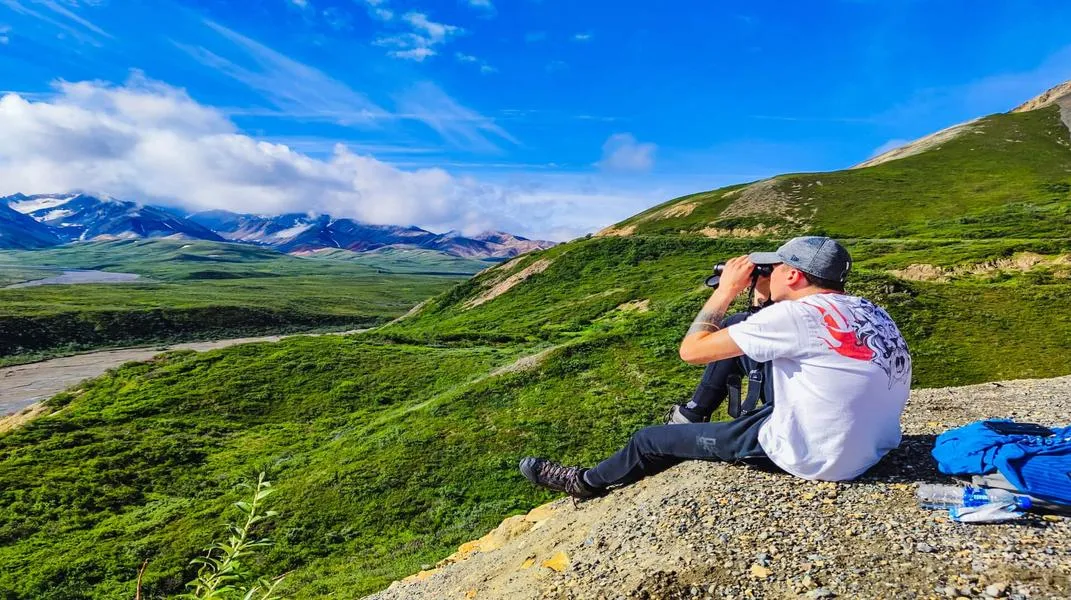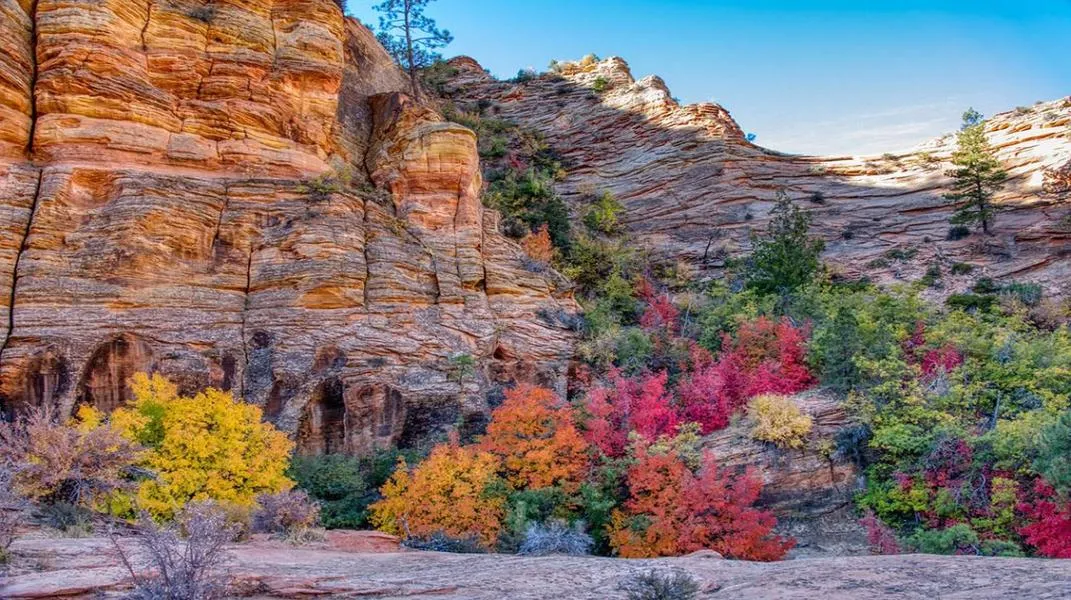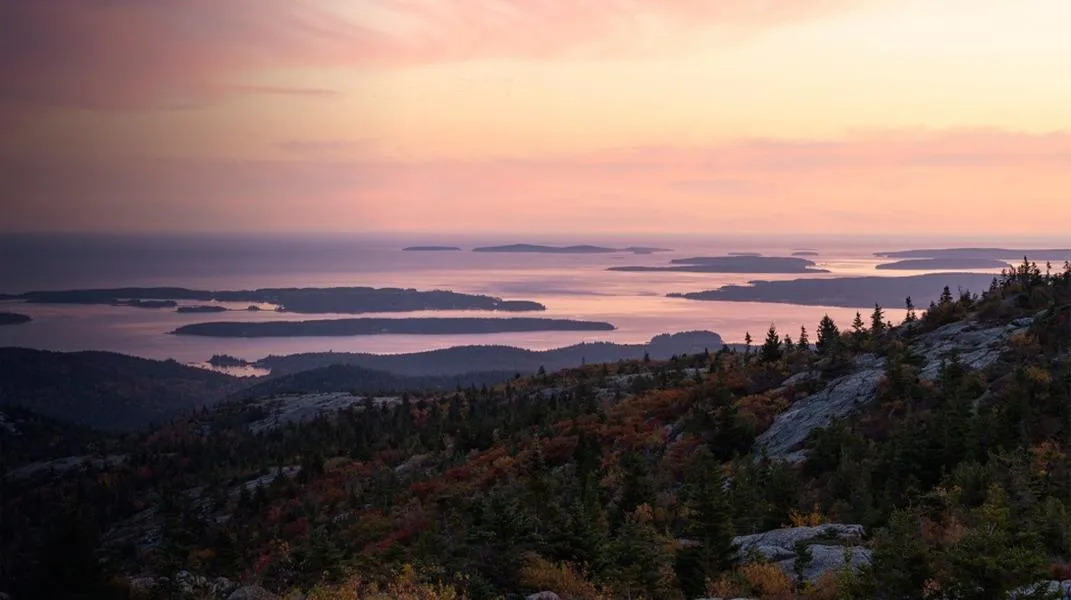Exploring Denali National Park and Preserve: A Wilderness Wonderland
Nestled in the heart of Alaska, Denali National Park and Preserve is a breathtaking expanse of lush wilderness, towering mountains, and diverse wildlife. Covering over six million acres, this national park is home to North America's highest peak, Denali (formerly known as Mount McKinley), which rises majestically to 20,3

A Glimpse into Denali’s Natural Wonders
The Landscape
Denali National Park showcases a stunning variety of landscapes, from the expansive tundra and rolling hills to rugged mountain ranges and glacial valleys. The park's topography is as diverse as its ecosystems, which range from boreal forests in the lower elevations to alpine tundra at higher altitudes. The dramatic scenery is punctuated by glacial rivers, sparkling lakes, and vibrant wildflower meadows that bloom in the summer months.
The Wildlife
Denali is renowned for its exceptional wildlife viewing opportunities. The park is home to a remarkable array of animals, including grizzly bears, black bears, moose, caribou, Dall sheep, and wolves. Birdwatchers will also find plenty to admire, with over 160 species of birds recorded in the area, including the majestic golden eagle and the elusive white-tailed ptarmigan. The chance to witness these animals in their natural habitat is a significant draw for visitors, particularly during the summer months when wildlife is most active.
Denali: The Mountain
At the heart of the park lies Denali, the mountain itself, which is a focal point for many visitors. The name "Denali" means "The High One" in the native Koyukon language, and it aptly describes the awe-inspiring peak that looms over the surrounding landscape. Climbing Denali is a challenging endeavor that attracts mountaineers from around the world, but even those who choose to admire the mountain from below can appreciate its grandeur.
Attractions within Denali National Park
Denali Park Road
One of the main attractions of Denali National Park is the Denali Park Road, a 92-mile long road that provides access to various viewpoints, trailheads, and visitor centers. The road is open to private vehicles only during the first few weeks of the summer season, after which it is primarily accessible via park buses. The bus rides offer an informative and scenic experience, with knowledgeable drivers who share insights into the park’s wildlife and history.
The Visitor Centers
There are several visitor centers in Denali that provide valuable information and resources for guests. The Denali Visitor Center, located at the park entrance, offers exhibits on the park's ecology, geology, and history, along with a park film that gives an overview of the stunning landscape. The Murie Science and Learning Center, dedicated to scientific research and education, hosts workshops and presentations that enhance the visitor experience.
Hiking Trails
Hiking is one of the most rewarding ways to explore Denali National Park. The park offers a range of trails catering to different skill levels and experiences. Popular hikes include the Horseshoe Lake Trail, which leads to stunning views of the lake and surrounding mountains, and the Savage River Loop Trail, an easy hike that provides opportunities for wildlife spotting. For the more adventurous, off-trail hiking is permitted, allowing visitors to immerse themselves in the wilderness.
Scenic Flightseeing Tours
For a truly unique perspective, consider taking a flightseeing tour over Denali and the surrounding wilderness. These tours offer breathtaking aerial views of the park's majestic landscapes, including glaciers, rivers, and the mountain itself. Many tour operators provide opportunities for landing on glaciers, allowing visitors to experience the icy terrain up close.
The Sled Dog Kennels
Another must-see attraction in Denali is the park's sled dog kennels. Sled dogs have played an integral role in the park's history, assisting with research and transportation in remote areas. Visitors can take guided tours of the kennels, meet the dogs, and learn about the art of dog mushing. During the summer months, demonstrations showcase the dogs' strength and agility, providing an entertaining and educational experience.
Preparing for Your Visit
Clothing and Footwear
Given the park's diverse terrain and variable weather conditions, packing appropriate clothing is crucial. Layers are essential, as temperatures can fluctuate dramatically throughout the day. Here’s a recommended packing list:
- Base Layers: Moisture-wicking shirts and long underwear to keep you dry.
- Insulating Layers: Fleece jackets or down vests for warmth.
- Outer Layer: A waterproof and windproof jacket to protect against rain and wind.
- Pants: Quick-drying, breathable pants are ideal for hiking and outdoor activities.
- Footwear: Sturdy, comfortable hiking boots with good ankle support. Consider waterproof options if you plan to hike in wet conditions.
- Accessories: Hats, gloves, and scarves for added warmth, as well as sunglasses and sunscreen for protection against the sun's rays.
Hiking Gear
If you plan to hike in Denali, consider bringing the following gear:
- Daypack: A lightweight backpack to carry your essentials.
- Water Bottle: Hydration is crucial, especially during hikes. A refillable water bottle or hydration reservoir is recommended.
- Snacks: Energy-rich snacks like trail mix, granola bars, or jerky to keep your energy up during hikes.
- Navigation Tools: A map of the park, compass, or GPS device to help you navigate the trails.
- First Aid Kit: A small first aid kit for minor injuries or ailments during your outdoor adventures.
Wildlife Safety Gear
Denali is home to potentially dangerous wildlife. To ensure your safety, consider carrying:
- Bear Spray: A must-have for hiking in bear country, bear spray can deter aggressive bears. Be sure to familiarize yourself with how to use it properly.
- Whistle: A whistle can be useful for signaling for help if needed.
Camping Equipment (if applicable)
If you plan to camp in the park, prepare accordingly:
- Tent and Sleeping Gear: A weatherproof tent, sleeping bag rated for the temperatures you expect, and sleeping pad for comfort.
- Cooking Supplies: Portable stove, fuel, cooking pots, utensils, and food storage containers.
- Food: Plan your meals in advance and pack food that is easy to prepare and transport.
- Camping Permit: If you plan to camp in the backcountry, you’ll need a permit from the park.
Transportation and Accessibility
Getting to Denali National Park typically involves flying into Anchorage or Fairbanks and then traveling by car or bus to the park entrance. The park is open year-round, but the main visitor season runs from late May to mid-September. Be sure to check the park’s website for updated information on road conditions, closures, and services available during your visit.
Park Passes
Visitors need to purchase a park pass to enter Denali National Park. Passes can be bought at the park entrance or online. Consider the duration of your stay and whether you may visit other national parks to determine the best pass option for you.
Conclusion
Denali National Park and Preserve is a remarkable destination that offers a unique blend of stunning landscapes, diverse wildlife, and thrilling adventure opportunities. Whether you’re hiking through the tundra, gazing up at the towering summit of Denali, or watching a grizzly bear in its natural habitat, the park promises to leave you with unforgettable memories. By preparing adequately and respecting the environment and wildlife, you can fully immerse yourself in the breathtaking beauty of Denali. So pack your gear, embrace the spirit of adventure, and get ready to explore one of America’s most extraordinary national parks.




